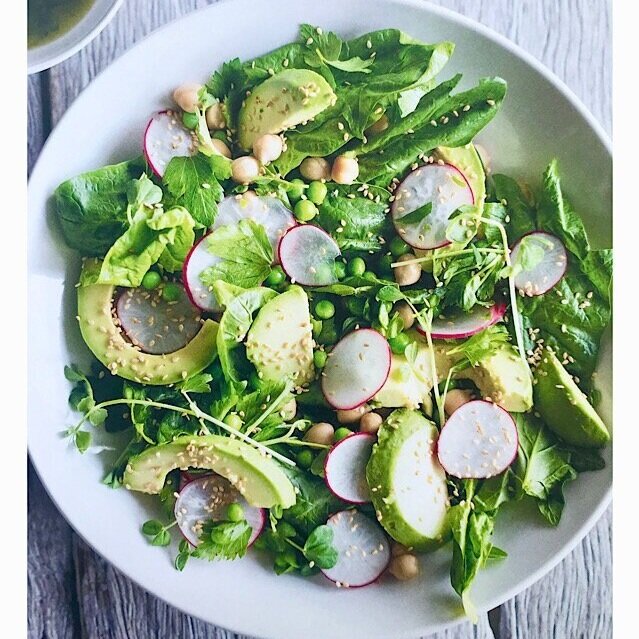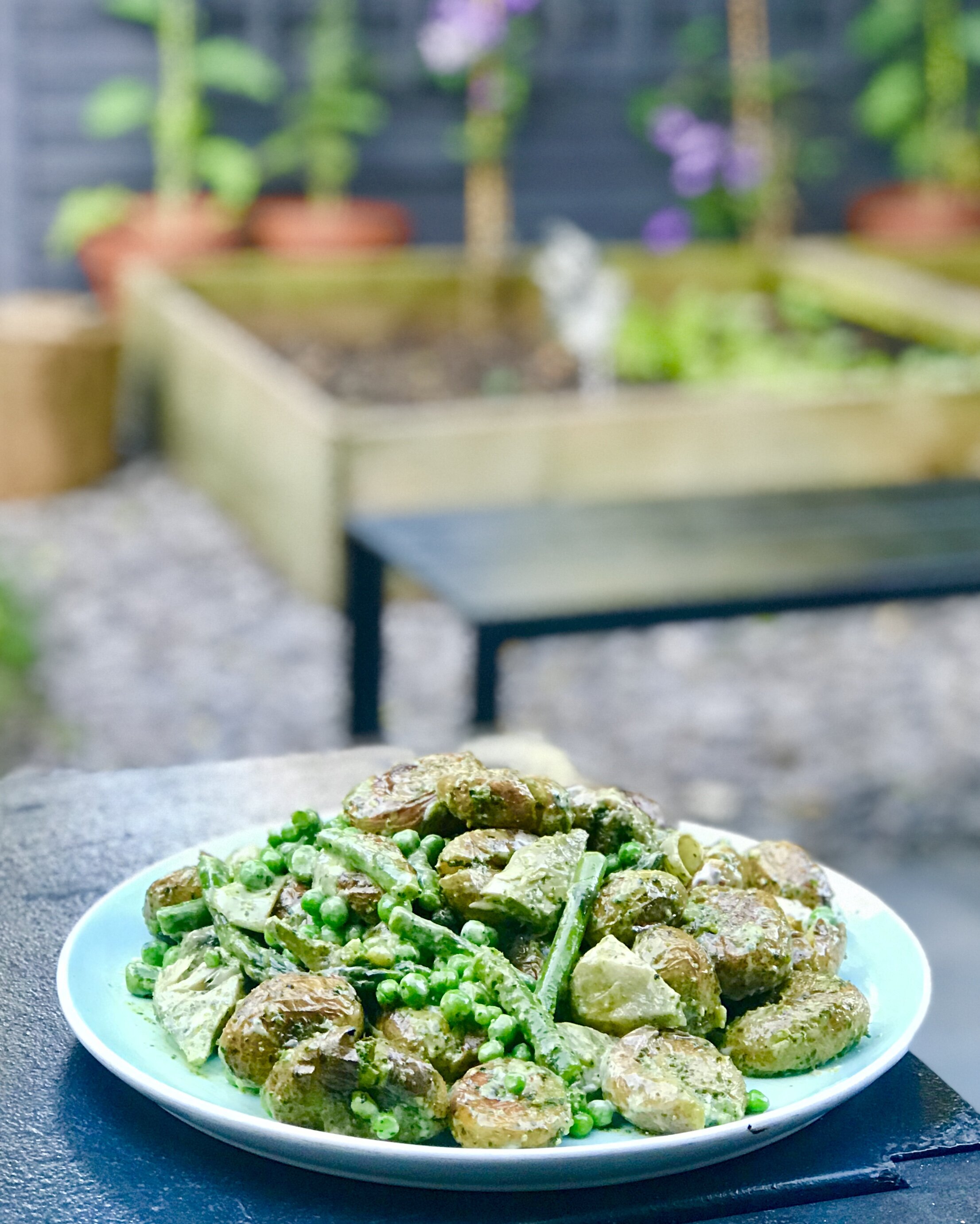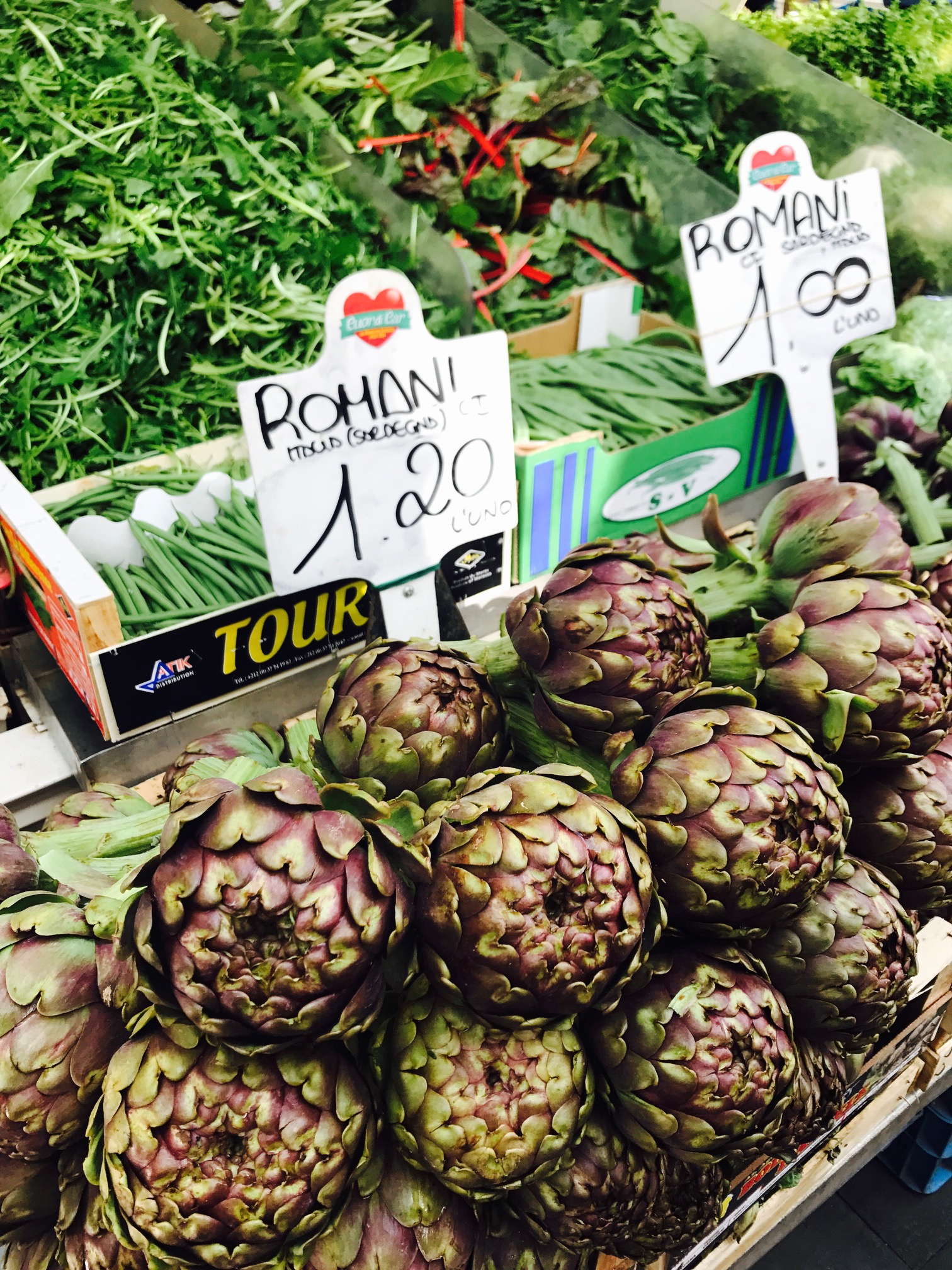Rich beef and red wine stew
This hearty stew is rich and deeply flavourful, and the perfect partner to creamy mashed potato. It’s a great dish to serve if you’re having people over because you don’t need to do anything at all in the final stretch of cooking - the pot just burbles away in a low oven for 2-3 hours. Make the mashed potato ahead of time if you like, and reheat by stirring in more hot milk once the stew is cooked. (Note: the idea for browning the meat in the oven came from Calum Franklin’s terrific book, The Pie Room - he uses the technique to make the filling for his beef, mushroom and blue cheese pie. I love this method as it means I can get on with cooking the vegetables while the meat is browning, saving time, and it delivers a thick and rich sauce).
Serves 4 – 6
1.5kg braising steak (shin, feather blade or similar) cut into 3cm square chunks
60g plain flour, more if needed
3 tablespoons vegetable oil
1 – 2 tablespoons beef dripping or vegetable oil
120g smoked streaky bacon or pancetta, chopped
1 large onion, finely chopped
2 carrots, peeled and finely chopped
2 celery stalks, finely chopped
6 anchovy fillets (rinsed well if they’re the kind stored in salt), roughly chopped
4 garlic cloves, finely chopped
3 tablespoons tomato paste
½ teaspoon smoked paprika
500ml red wine
600ml beef stock
3 bay leaves
1. Preheat the oven to 200C and have a large roasting tray ready. (You will have to brown the meat in two batches unless you have two ovens and two large trays). Place the flour in a bowl and generously season with salt. Add the meat a few pieces at a time, and amply drench each piece with flour – really get in and squeeze the meat into the flour so it sticks.
2. Transfer the meat to the roasting tray/s. Drizzle over the oil and rub into the meat with your hands. Spread the meat out so the pieces aren’t touching and roast for about 20 minutes, shaking the pan hallway through, until the meat is nicely browned, and the juices have mostly evaporated
3. Meanwhile, melt 1 tablespoon of the dripping or oil in a large ovenproof casserole, add the bacon, and cook over a medium high heat, stirring now and then, until turning golden at the edges. Remove to a bowl with a slotted spoon.
4. Add the onion, carrots and celery to the pan and stir into the bacon fat – if there’s not enough to coat the vegetables well, add some more of the dripping or oil. Add a generous pinch of salt, reduce the heat to medium low and cook gently, stirring now and then, until soft, sweet and almost caramelised. Be patient, as this might take a good 15 minutes or more.
5. Add the anchovy fillets and garlic, stir to combine and cook for four more minutes or so, until the anchovies are melted into the vegetables.
6. Stir the tomato paste and paprika into the vegetables and cook until you can smell the tomato paste caramelising. If the meat is still roasting at this point, pull the pan off the heat until ready.
7. Once the meat is browned, remove from the oven and reduce the temperature to 140C. Add the browned meat to the vegetable pan, along with any floury bits and stir well to combine everything. With the pan over a medium high heat, add the wine, and let it bubble up and simmer for a few minutes. Make sure you scrape the bits off the bottom of the pan with a wooden spoon.
8. Add enough of the beef stock to just cover the beef, keeping any that’s left over aside to top up later if needed. Tuck the bay leaves under the liquid. Cover and transfer to the oven for 2-3 hours. Have a peek after 1 hour 30 minutes, stir, and add more stock if needed to keep the meat just covered.
9. Remove from the oven when the meat is meltingly tender. Serve immediately with creamy mashed potatoes. Or set aside until you’re ready, and reheat on the hob.
























